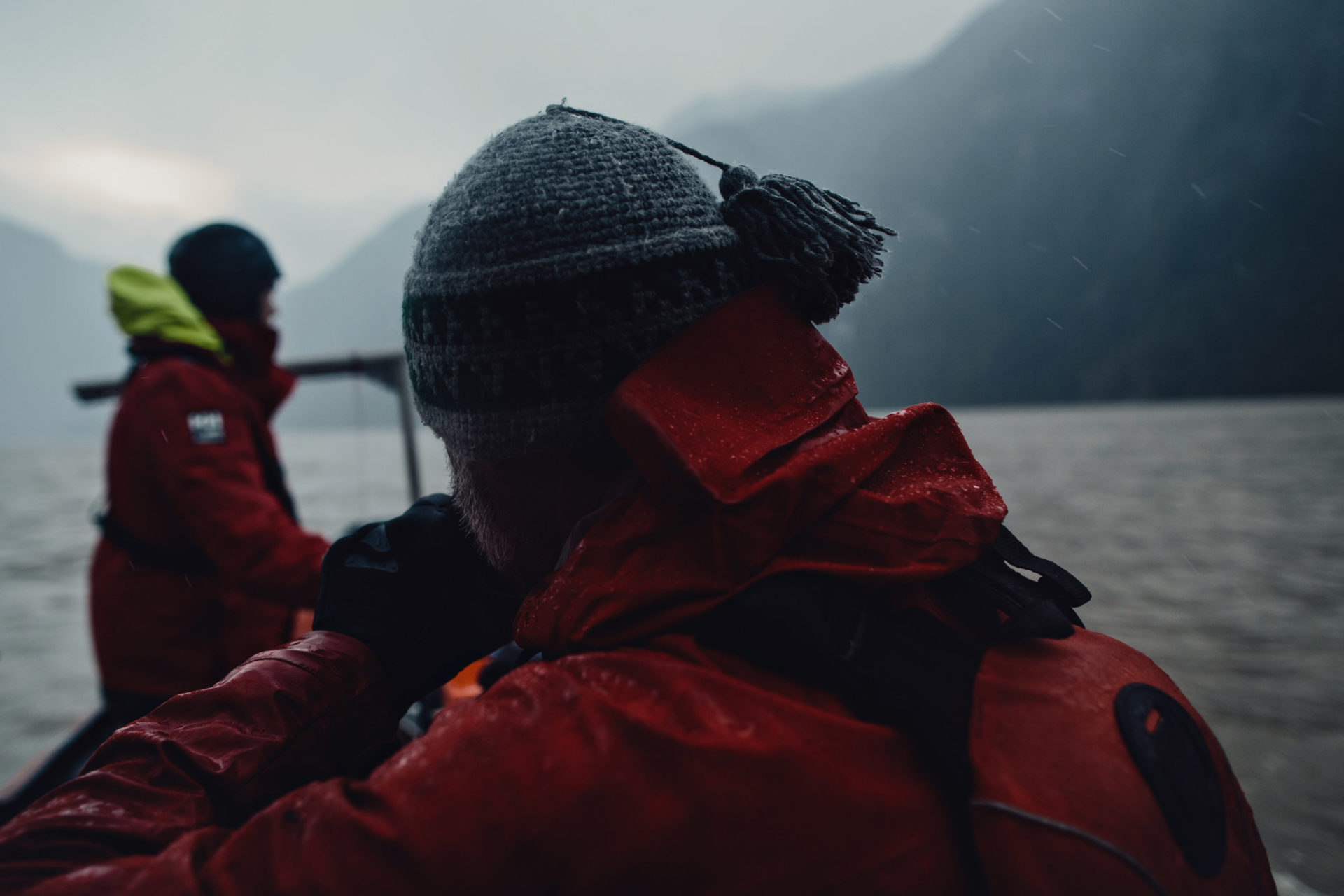
Court halts tailings increase as First Nation challenges B.C.’s decision to greenlight it
Court sides with Xatśūll First Nation, temporarily halting Mount Polley mine waste expansion
Scientists already know that climate change is pushing species into unfamiliar territory.
While the movement of plants and terrestrial life is visible, what about those changes that take place under the surface?
Using the technique of gene sequencing, scientists are now able to paint a much fuller picture of which marine species are where, simply by testing the water.
The capture of eDNA or ‘environmental DNA’ is a new technique already being employed by Canada’s Department of Fisheries and Oceans to keep track of species, both native and invasive.
The practice, used in Canada since around 2013, is helping environmental managers get a more accurate sense of what species live in or migrate through a specific region and — rather than relying on difficult, expensive and, at-times, flawed use of by-catch or radar techniques — the capture of eDNA is as simple as tipping a cup off the side of your boat.
Because of this, eDNA represents a potential boon for the practice of citizen science. Anyone with a little instruction and a clean plastic vessel can technically collect samples representing major research value to scientists back at the lab.
In the fall of 2017 I had the opportunity to photograph scientists traveling with the C3 expedition as they gathered water samples for eDNA analysis along the B.C. coast.

As the team gathers samples, scientist Amy Tabata notes the boat’s GPS coordinates. Photo: Taylor Roades / C3

The collection of eDNA allows laboratories to study marine life in a laboratory setting without killing animals for research purposes and without removing (most) creatures from the water. Photo: Taylor Roades / C3

DNA gathered from marine environments can be used to determine biodiversity within a specific region, including information on terrestrial animals interaction with the water’s edge nearby. Photo: Taylor Roades / C3

Samples collected during the C3 expedition are a part of one of the largest eDNA surveys undertaken in Canada’s history. Photo: Taylor Roades / C3

Scientists with the C3 mission gathered water samples from nearly 100 sites along the Atlantic, Arctic and Pacific coasts. Photo: Taylor Roades / C3

Peter Van Buren, a member of the C3 expedition and an oceanographic technician at the Institute of Ocean Sciences in Sidney, B.C., conducts water sampling. Photo: Taylor Roades / C3

Amy Tabata uses molecular genetics in her work at the Pacific Biological Station for Fisheries and Oceans Canada, where she studies the impacts of disease and the environment on salmon and other fish. Photo: Taylor Roades / C3

Participants in the C3 eDNA sampling effort are compiling important baseline data on biodiversity along the Canadian coast. Photo: Taylor Roades / C3

A look at one water sample gathered in the Broughton through a microscope. The gathering of eDNA can be used to identify species shift due to climate change, the presence of predators and prey in a region and the introduction of invasive species. Photo: Taylor Roades / C3

Capture of an organism found in a water sample gathered in the Broughton. This photo was taken using a iPhone and a microscope. Photo: Taylor Roades / C3

Water samples gathered from along B.C.’s coastline may be used to further understand the impact of fish farming on wild salmon stocks. The Broughton Archipelago is home to numerous operations where Atlantic salmon — considered an invasive species on the Pacific coast — are farmed. Photo: Taylor Roades / C3

Oceanographic technician Peter Van Buren strikes a pose at the famed Lacey Falls of Tribune Channel. Photo: Taylor Roades / C3

Scientists say a robust catalogue of what species belong where in Canadian waters is long overdue. Baseline data on species can aid Canada’s marine science community in understanding how invasive species are being introduced into new regions, where they persist and what effect they’re having. Photo: Taylor Roades / C3
